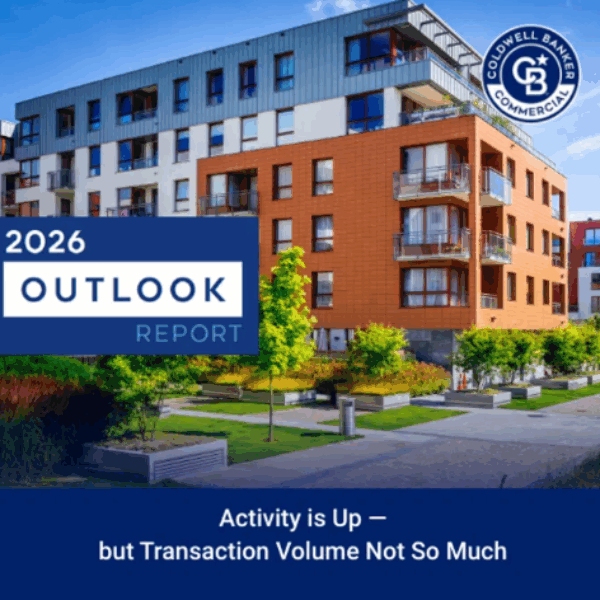The commercial mortgage-backed securities (CMBS) market continues to face significant headwinds with a substantial volume of loans maturing in the coming quarters. As of the end of April, according to Trepp, there was about $131.3 billion in outstanding, non-defeased CMBS loans that are current on payments and due to mature in 2024. For maturities through 2027, this figure rises to approximately $321.4 billion. Notably, around 27% of this maturing volume consists of CMBS office loans, highlighting a critical area of focus for investors and lenders.
The volume of CMBS loan modifications surged dramatically in 2023, driven largely by lower property values and a higher interest rate environment initiated by the Federal Reserve’s rate hikes starting in 2022. Instead of refinancing old loans into new ones, many loans underwent modifications, including extensions and amendments to loan terms.
Modification volumes peaked at $3.9 billion in Q3 2023, a substantial increase from $0.44 billion in Q3 2022. This trend continued into 2024, with Q1 seeing $2.5 billion in newly modified loans and April alone accounting for almost $1.1 billion in modifications. CMBS delinquency rates are also climbing, indicating potential stress in the market if interest rates do not decrease before these loans reach maturity.
Also of note: In 2023, the office sector represented about a whopping 42% of all loan modifications across property types, totaling approximately $4.2 billion. The retail sector followed with $2.6 billion in modified loans. Single-asset single-borrower (SASB) loans accounted for about 64% of all modifications from 2023 to April 2024, while conduit loan modifications made up about 35%.
Maturity extensions have been the most common type of modification, helping borrowers manage immediate repayment obligations by pushing out loan maturities. For example, the $1.2 billion loan for the 555 California Street Campus in San Francisco was extended by one year to May 2024, reflecting a broader trend of extending maturities to navigate financial uncertainties.
The Federal Reserve’s interest rate policy plays a critical role in the CMBS market’s dynamics. The possibility of a rate cut before the end of 2024 could alleviate some of the stress associated with maturing loans in 2025. Lower interest rates would reduce borrowing costs, potentially improving property cash flows and increasing the feasibility of refinancing. This could help stabilize the market and mitigate the risk of widespread loan defaults and further modifications.
These modifications reflect lenders’ willingness to work with borrowers to preserve property values and avoid defaults. However, they also highlight ongoing financial pressures in the commercial real estate market, exacerbated by high interest rates and declining property values.
The Trepp CMBS Delinquency rate continued to rise in April 2024, reaching 5.07%, the highest since September 2021. Higher interest rates have increased borrowing costs, straining cash flows and leading to higher loan-to-value ratios. The COVID-19 pandemic accelerated changes in consumer behavior and work patterns, further impacting property-level income and increasing expenses.
Refinancing prospects remain slim, increasing the risk of delinquency and higher loan modification volumes. Lenders often prefer modifications to protect their investments and maintain property values, especially when borrowers are willing to commit capital for improvements.
The CMBS market faces significant risks with a substantial volume of loans maturing in 2024 and 2025. The potential for a Federal Reserve rate cut before the end of 2024 could provide some relief, improving the refinancing environment and reducing financial stress. However, the challenges posed by high interest rates, declining property values, and changing market dynamics will continue to shape the landscape.
As the commercial real estate market navigates these uncertainties, lenders and borrowers must work collaboratively to find solutions that maintain stability and protect investments. The ongoing evolution of the CMBS market underscores the need for adaptability and strategic planning in the face of economic and financial pressures.








